Home>Ideas and Tips>Creating A Cozy Outdoor Meditation Platform


Ideas and Tips
Creating A Cozy Outdoor Meditation Platform
Published: September 19, 2024
Create a serene outdoor meditation platform with our step-by-step guide. Enhance your mindfulness practice by connecting with nature in your own backyard.
(Many of the links in this article redirect to a specific reviewed product. Your purchase of these products through affiliate links helps to generate commission for Storables.com, at no extra cost. Learn more)
In today's fast-paced world, finding moments of peace and tranquility can be a challenge. One effective way to achieve this is by creating an outdoor meditation space in your backyard. This article will guide you through the process of setting up a cozy outdoor meditation platform, helping you to connect with nature and enhance your meditation practice.
Why Create an Outdoor Meditation Space?
Before we dive into the details, it's essential to understand the benefits of meditating outdoors. Nature has a profound impact on our well-being, and combining it with meditation can amplify the effects of both practices. Here are some reasons why creating an outdoor meditation space is a great idea:
- Relaxation and Stress Relief: Being in nature can help relax and soothe us, making it easier to focus on our breath and reduce stress.
- Improved Mental Clarity: The fresh air and natural surroundings can improve mental clarity, helping you stay focused during your meditation sessions.
- Increased Serenity: Surrounding yourself with greenery and natural elements can promote serenity, creating a peaceful environment conducive to meditation.
Read more: Creating A Cozy Outdoor Meditation Space
Step 1: See the Potential of Your Space
The first step in creating an outdoor meditation space is to identify a spot that makes you feel comfortable. Take a walk around your yard, patio, or balcony to discover the natural spots you gravitate towards. You might be attracted to a sunny opening, the shade under a tree, or the coolness of the pool. Once you've identified your preferred location, assume the position you like to meditate in – standing, walking, reclined, or seated – and brainstorm how you can interact with your chosen space.
Tips for Choosing Your Spot
- Consider Comfort: Think about what position you like to meditate in and ensure that your chosen spot can accommodate that position comfortably.
- Assess Natural Elements: Look for areas with natural elements like trees, flowers, or a water feature that can enhance your meditation experience.
- Evaluate Sunlight: Decide if you prefer meditating in the sun or shade. If it's too hot or cold in certain times of the day, consider creating a shaded area.
Step 2: Use What You Have or Build Up
Meditation is meant to be accessible, so it can be done with nothing more than a yoga mat on the grass. However, a bespoke meditation zone can help establish a tranquil environment that enhances your experience. Here are some options you can consider:
- Shaded Spaces: Shaded spaces are fantastic for enjoying nature without being directly under the sun. A platform, patio, deck, or even stone garden are great options as they prevent you from getting dirty and keep you off the dirt.
- Yoga Platforms: A wooden yoga platform gives you a designated and safe space to meditate in your backyard. The platform also keeps you off the ground and offers a cleaner area to sit or stand.
- Hammocks: If you’re the type of person who meditates best while lying down, stringing a hammock between two trees or the support beams of your patio can be the ideal environment.
Step 3: Set a Permanent Meditation Space
If you use one specific spot to meditate every day, eventually, your neural network and body will automatically feel more relaxed when you step into this area. Once your body understands that this is a place you go to relax, it will do so instinctually. Here’s how to set up a permanent meditation space:
- Identify Your Spot: Choose a specific location that you can dedicate to meditation.
- Mark the Area: If needed, mark out the area with stones or small plants to define it as your meditation space.
- Make It Comfortable: Ensure that the area is comfortable and free from distractions.
Read more: Creating A Cozy Outdoor Yoga Platform
Step 4: Incorporate Greenery
The role plants have in meditation is varied and important. They can act as partitions that section away a special place where you can practice mindfulness. In addition, plants have a close relationship with meditation by promoting serenity, allowing for a feeling of closeness to nature, and infusing soothing smells and sounds into your meditation space.
Tips for Incorporating Greenery
- Use Existing Plants: If you have outdoor plantings already, work them into your meditation space to create a natural ambiance.
- Add New Plants: Invest in bold plants like hanging pothos or succulents that can surround your meditation area with fresh fragrance and visual beauty.
- Consider Texture: Choose plants with unique textures that can add depth to your space when your eyes are open.
Step 5: Establish an Altar
An altar can be a symbolic and practical feature to include when you create your outdoor meditation space. It can be as simple as a flat stone that displays and holds personally meaningful or sacred objects. Here’s how to set up an altar:
- Choose a Symbolic Object: Select an object that holds personal significance for you, such as a crystal or a small statue.
- Display It: Place the object on a flat surface like a stone or a wooden bench.
- Add Incense or Candles: Use incense or candles to create a tranquil atmosphere around your altar.
Step 6: Incorporate the Elements
Incorporating the elements of nature into your meditation space can enhance your experience. Here’s how you can do it:
- Earth Element: Use natural materials like wood or stone for your seating or altar.
- Air Element: Hang wind chimes or bells to create soothing sounds.
- Fire Element: Light candles or use string lights to create a warm glow.
- Water Element: If possible, incorporate a small water feature like a fountain to create calming sounds.
Step 7: Create a Sense of Privacy
Since you want to remove external distractions, making your meditation space private is key. Here are some tips for creating a sense of privacy:
- Choose a Quiet Spot: Select a spot in your yard where you won’t be disturbed by the sound of passing cars or by the activities of your neighbors.
- Use Dividers or Umbrellas: Consider putting up folding dividers around the space or placing a patio umbrella overhead to give you shade and seclusion.
Step 8: Add Floor Cushions and Rugs
Focusing on meditation can be a challenge if you feel uncomfortable when you sit. Soften the ground by putting down floor cushions or rugs that provide comfort and support for your meditation practice.
Tips for Choosing Cushions and Rugs
- Optimize Comfort: Choose cushions that are plush and supportive, ensuring that you can sit comfortably for extended periods.
- Consider Durability: Select materials that are durable and easy to clean, such as outdoor-grade cushions and rugs.
Step 9: Enhance Lighting
Natural light is essential for creating a serene atmosphere in your outdoor meditation space. Here’s how you can enhance lighting:
- Use Natural Light: Orient your space to capture the soft glow of morning or evening sunlight.
- Add Artificial Light: Enhance the ambiance during nighttime practices by hanging lanterns or string lights, creating a warm and inviting atmosphere.
Step 10: Incorporate Soothing Sounds
Make sure you have a relaxing, distraction-free environment that allows you to be in the moment. Dampen outdoor noises with sounds you find soothing, like wind chimes or a rain chain.
Tips for Creating Soothing Sounds
- Use Wind Chimes: Hang wind chimes near your meditation area to create gentle, soothing sounds.
- Add Bird Feeders: Place bird feeders nearby to attract birds and their gentle melodies.
Step 11: Ground Yourself
Feel a connection to the earth beneath you by focusing on the physical sensations of your body touching the ground. Visualize roots extending from your body into the earth, providing stability and grounding.
Tips for Grounding Yourself
- Focus on Sensations: Pay attention to how your feet or legs feel on the ground.
- Visualize Roots: Imagine roots extending from your body into the earth, deepening your connection with nature.
Step 12: Use Natural Focal Points
Instead of closing your eyes, you may choose to gaze softly at a natural object like a tree, flower, or serene landscape. Allow your gaze to rest on the object while maintaining a relaxed and present state of mind.
Tips for Using Natural Focal Points
- Choose Calming Objects: Select objects that are calming and visually appealing.
- Maintain Focus: Keep your gaze soft and relaxed, avoiding distractions.
Step 13: Breathe Deeply
Pay attention to your breath as you inhale and exhale. Take slow, deep breaths, and observe the natural rhythm of your breathing. Let the fresh outdoor air invigorate your senses and deepen your relaxation.
Tips for Deep Breathing
- Focus on Breath: Pay attention to how you feel as you breathe in and out.
- Observe Rhythm: Notice the natural rhythm of your breathing, allowing it to guide you into a state of relaxation.
Read more: Creating A Cozy Outdoor Reading Gazebo
Step 14: Embrace Distractions
It’s natural for outdoor settings to have occasional distractions like sounds, movements, or wildlife. Instead of fighting them, acknowledge their presence without judgment and gently redirect your focus to your breath or chosen point of meditation.
Tips for Embracing Distractions
- Acknowledge Distractions: Recognize any distractions that arise without judgment.
- Redirect Focus: Gently redirect your focus back to your breath or chosen meditation point.
Step 15: Practice Gratitude and Appreciation
Take a moment to express gratitude for the beauty of nature surrounding you. Cultivate a sense of appreciation for the opportunity to meditate in such a peaceful and harmonious environment.
Tips for Practicing Gratitude
- Notice Beauty: Take notice of the beauty around you – whether it’s the flowers, trees, or birds.
- Feel Appreciation: Allow yourself to feel a sense of appreciation for this moment of peace.
By following these steps and incorporating elements that resonate with your soul, you can create a transformative outdoor meditation space that enhances both your physical and mental well-being. Remember, the key is to make this space your own sanctuary where you can connect with nature and deepen your meditation practice.
Creating a cozy outdoor meditation platform is not just about setting up a physical space; it’s about creating an environment that fosters mindfulness, serenity, and connection with nature. By following these detailed steps and tips, you can transform any outdoor area into a peaceful oasis where you can practice meditation effectively. Whether you choose to meditate under a tree, on a patio, or in a hammock, remember that the most important thing is to find a space that makes you feel comfortable and connected to nature.
Was this page helpful?
At Storables.com, we guarantee accurate and reliable information. Our content, validated by Expert Board Contributors, is crafted following stringent Editorial Policies. We're committed to providing you with well-researched, expert-backed insights for all your informational needs.

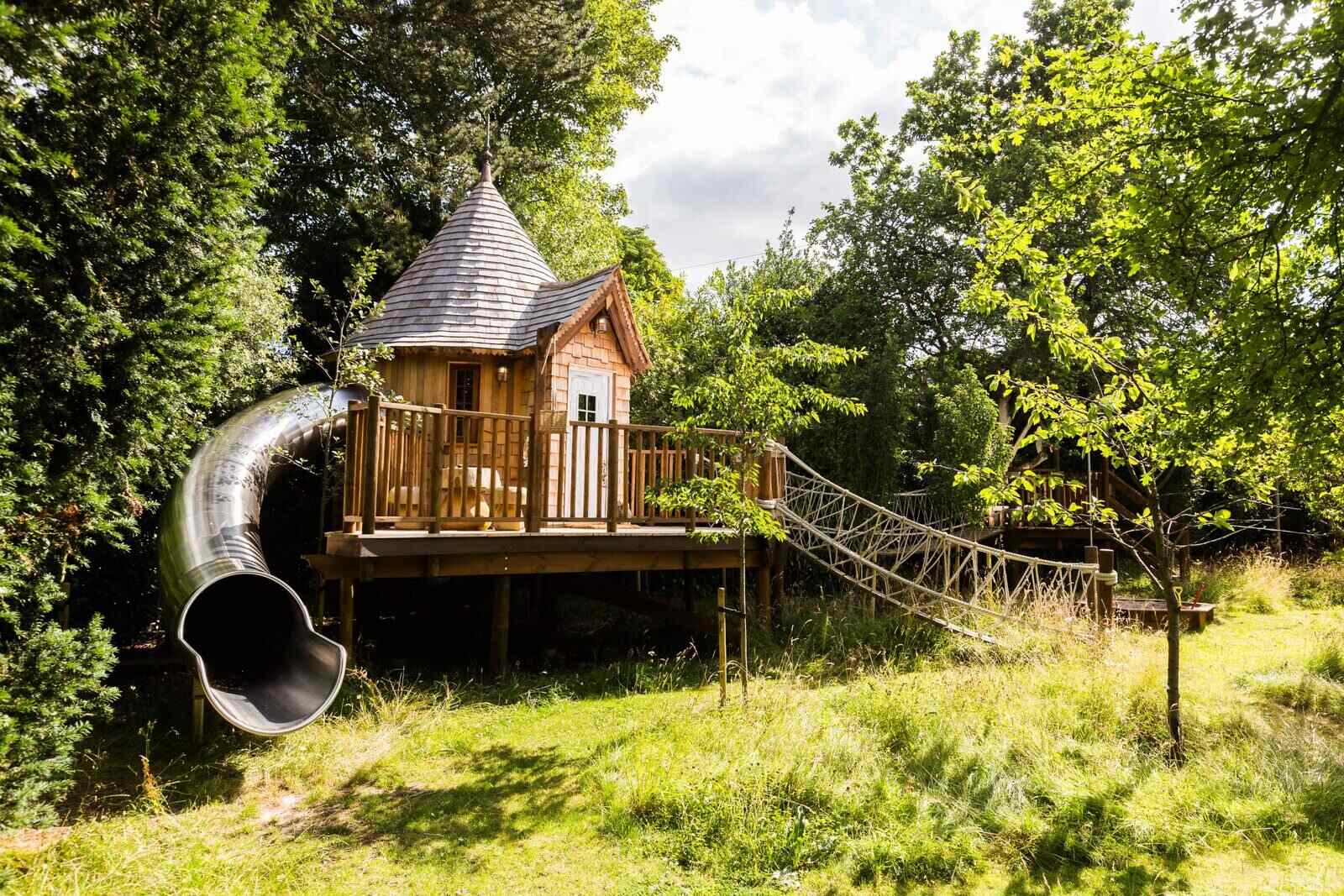
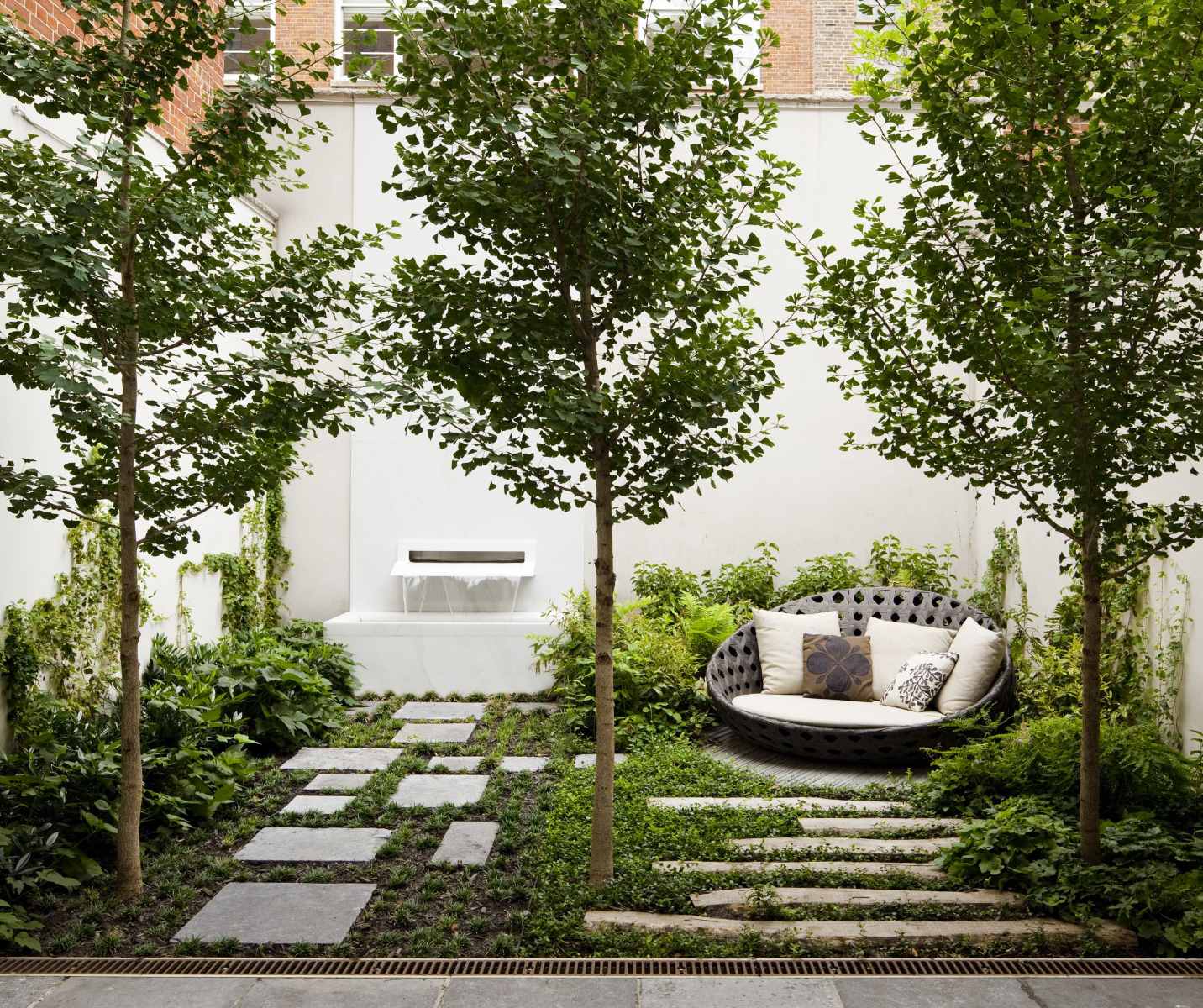
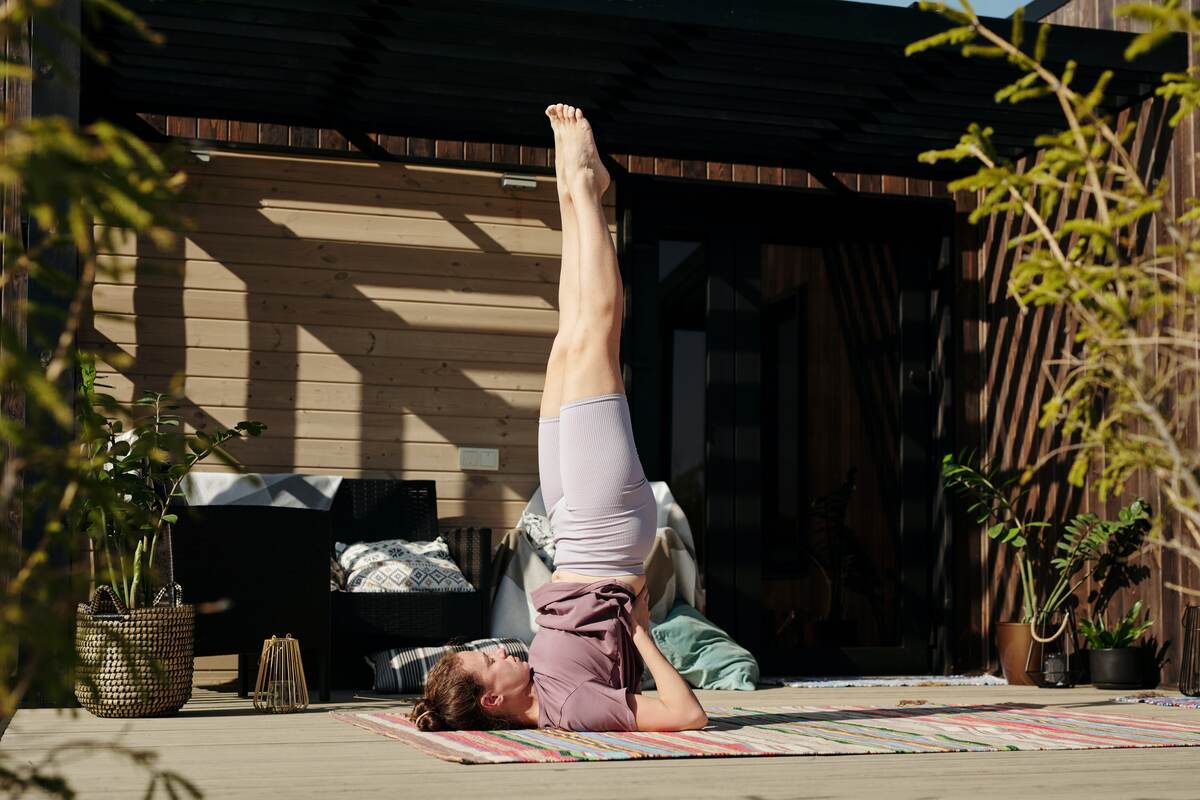

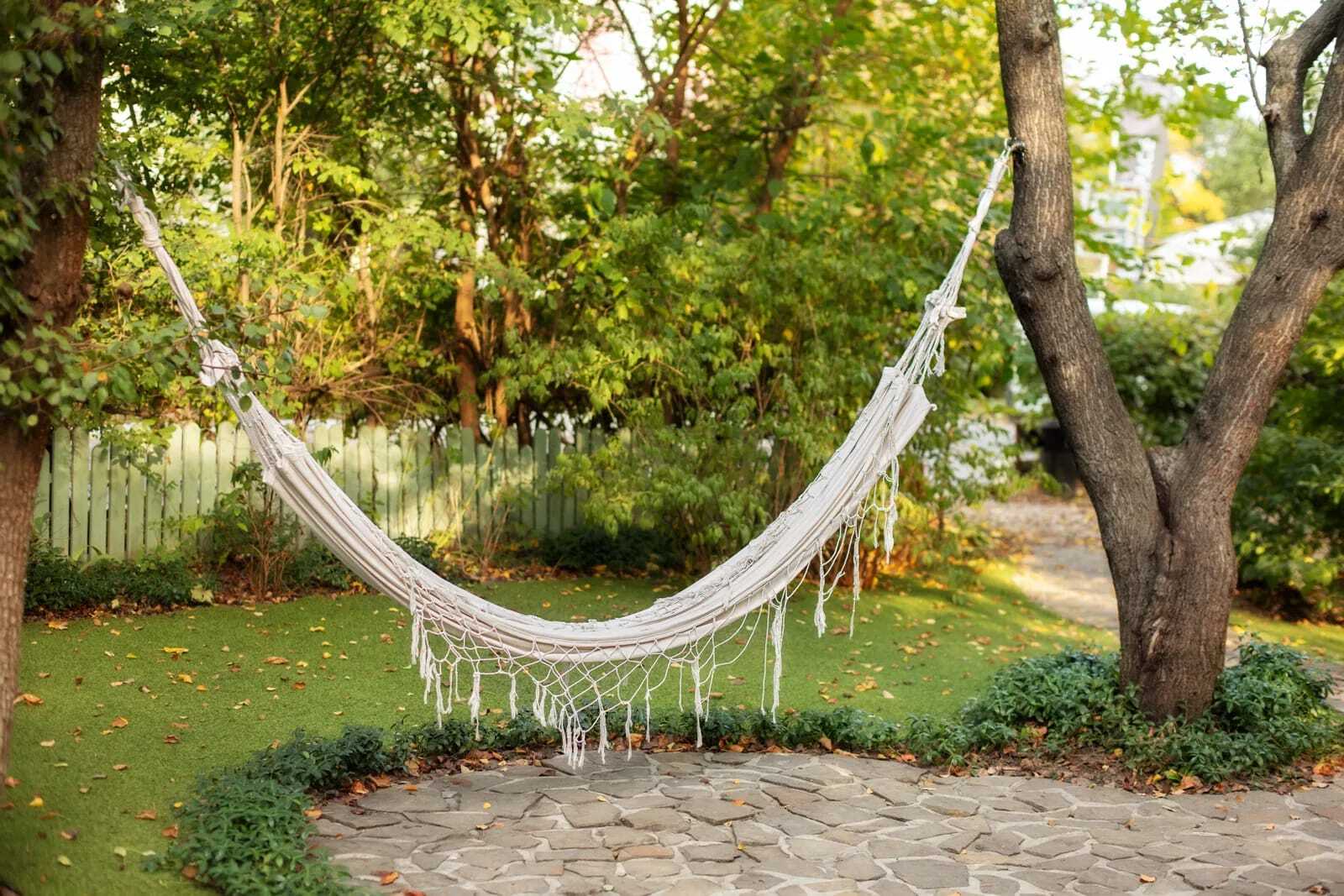
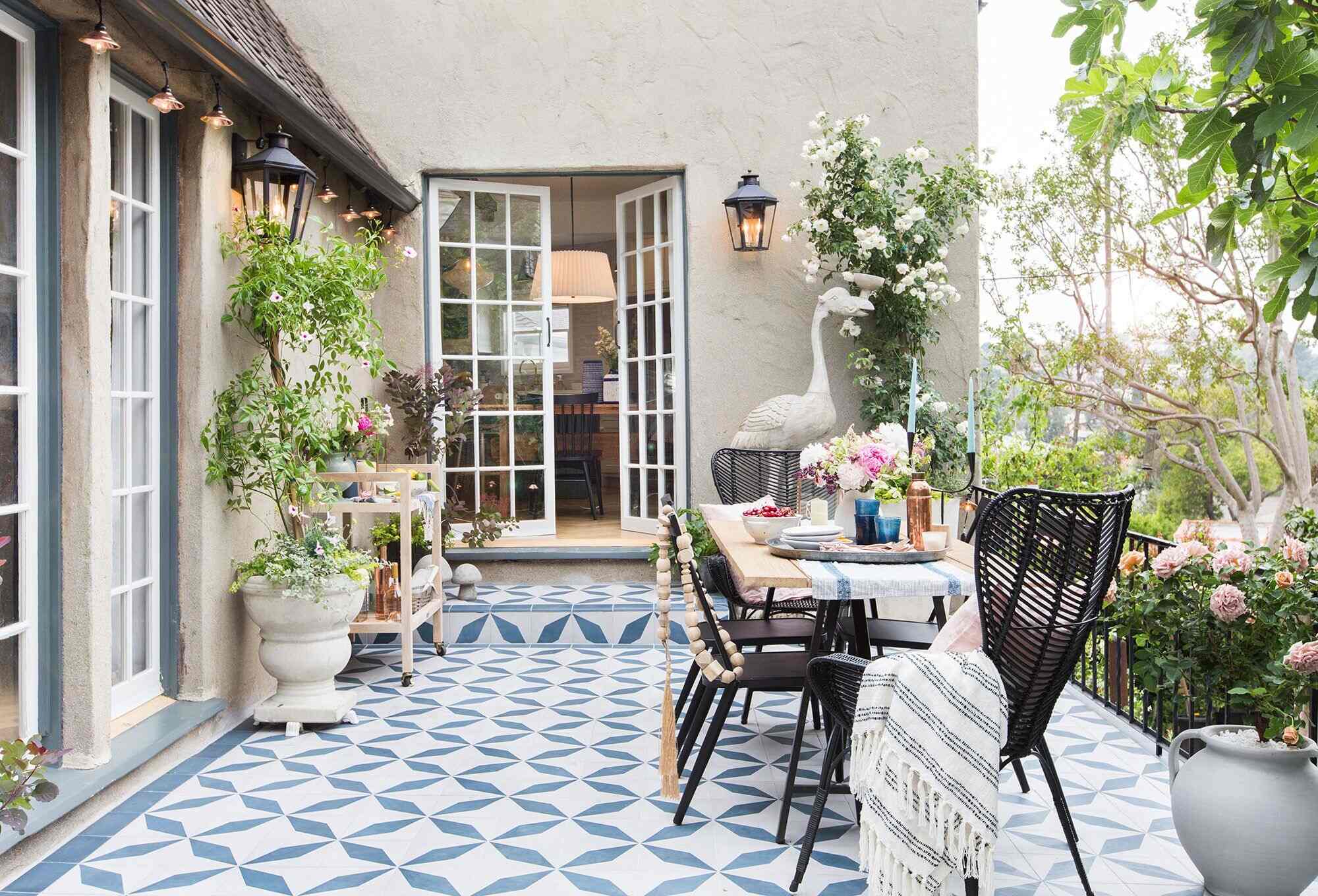
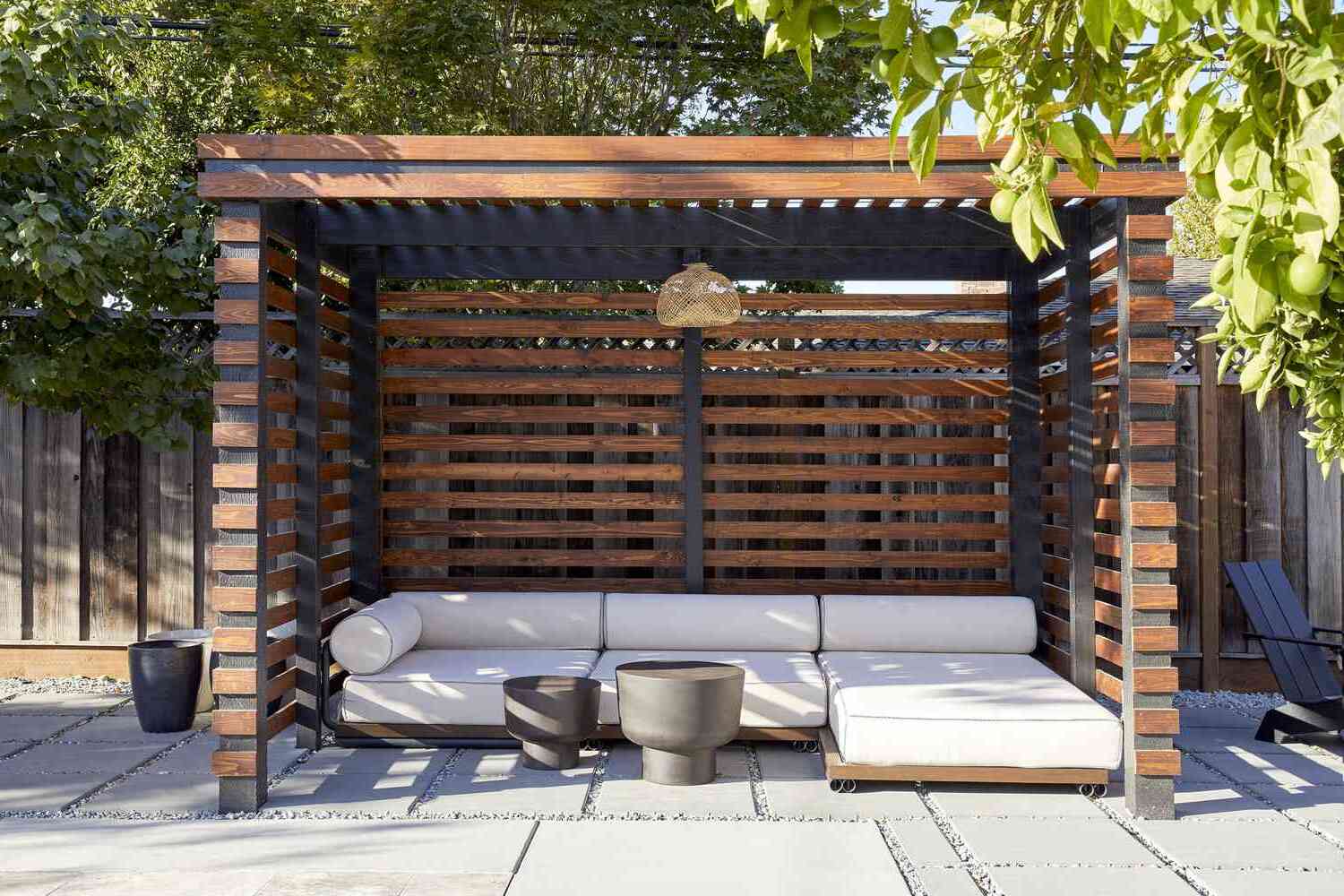



0 thoughts on “Creating A Cozy Outdoor Meditation Platform”